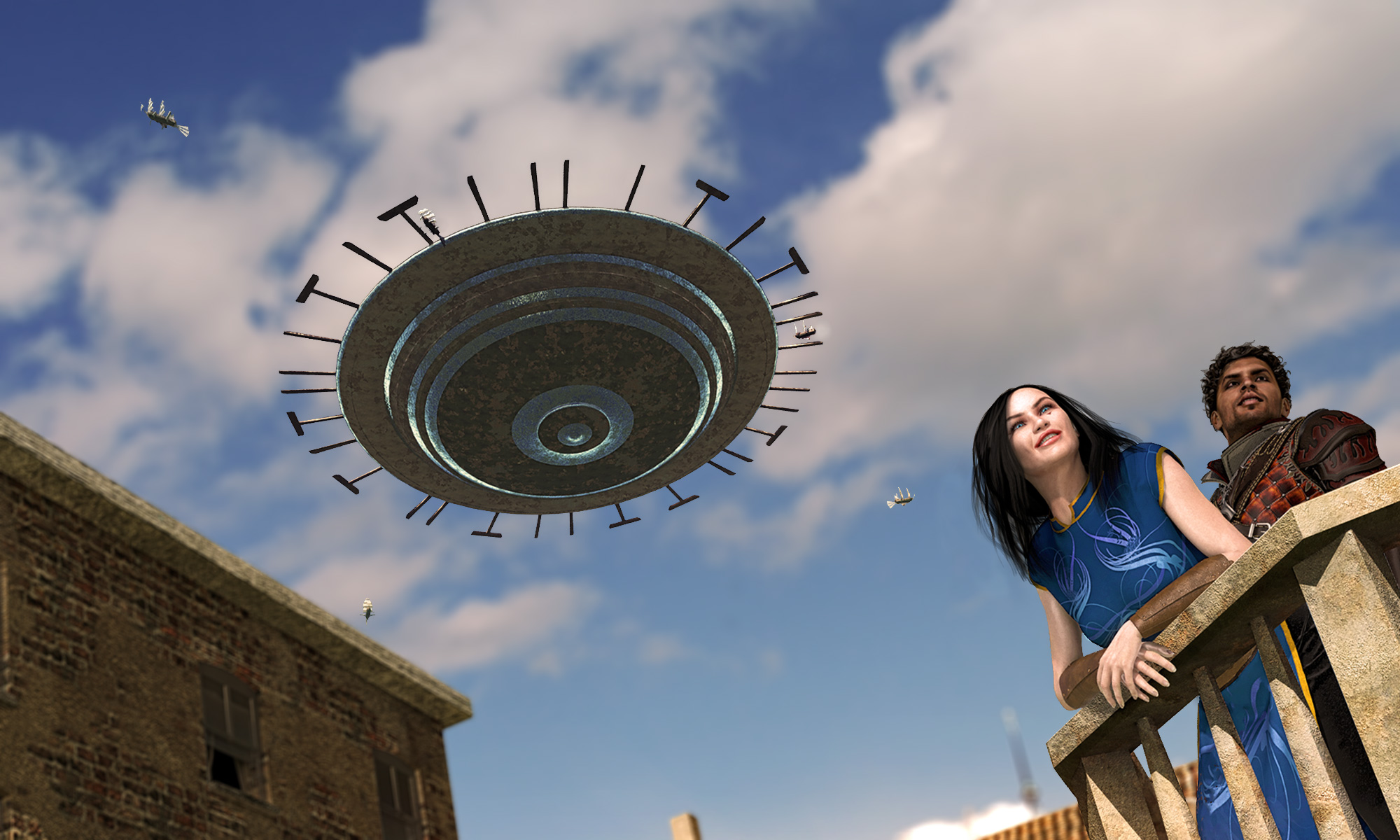It is a rare day that I don’t know what I am going to blog about. Today is not exactly one of those days but one where there is so much I could write about that I am not sure where to start.
This could turn into one of Brian’s whiskey rants, but without the whiskey.
Value of Words
In the directors briefing Nicholas “Terry has now produced 26,000 words of new content for Haalkitaine”. When Terry releases these Shadow World books they sell as PDFs for $15.
Sean Van Damme, who you have probably never heard of but he is an independent writer for D&D 5e, Zweihander and other systems, has updated his Concordance series. This time adding 23,230 words of new content. The retail price? $2.99.

The problem is that I think $15 is exceptionally good value for money so ICE is not overcharging. The problem is that indie developers cannot sell equally good quality content at similar prices without some kind of big name behind them, which kind of defeats the entire definition of being an indie game developer.
Shadow World or Calidar?
Staying with Shadow World for a bit…
I don’t know much around Shadow World. I have played in the world but my GM asked me not to buy any Shadow World books because of the potential for spoilers.
So from a players perspective I remember sky ships, we visited a sort of bunker with modern day fluorescent tube lighting and I met a pretentious git with six fingers that our elven mage was fawning all over. I know about Essence storms, dragons, loremasters, that it takes place in the Space Master universe and you cannot sail around the world.

Converting from D&D or Pathfinder to Rolemaster is a dead easy task. Calidar is, in the author’s own words, ” Although written with role-playing games in mind, contents are non game-specific, therefore easily adaptable to most RPG systems. Guidelines are nonetheless provided in the book for use with the Pathfinder Roleplaying Game.” Each core book is only $9.95.
On Calidar the races arrived from the moons that orbit the planet, there are threats from space that overarch the petty threats that darken most people’s days. You can read more about it all here https://bruce-heard.blogspot.com/p/a-word-about-calidar.html
The maps look pretty and there is plenty of source material.
It seems to me that most of what makes Shadow World unique is all the crap going on behind the scenes that the players will probably never get to hear about.
How big a leap would it be to, for example, take The Grand Campaign and remap it to a system neutral setting?
If you are curious you can read a bit more here: https://www.drivethrurpg.com/product/221899/Game-Mechanics-for-the-World-of-Calidar
Maybe there is something else that makes people really buy into Shadow World that I missed?












